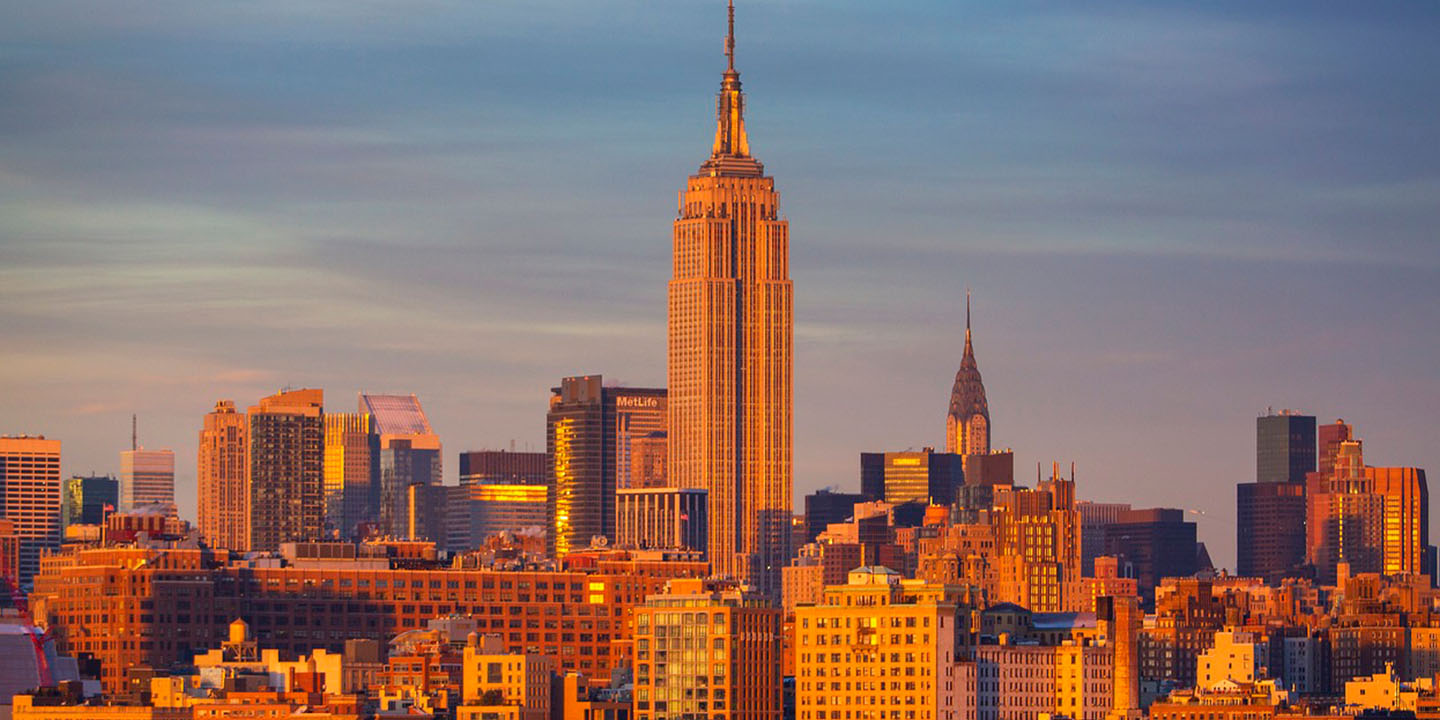10 Countries That Are Trailblazers For Clean Energy & 10 That Need To Catch Up
Mother Earth's Best And Worst Caregivers
With climate change actively affecting our lives, the necessity of switching to renewable energy sources is now more apparent than ever. But to save the planet and ourselves takes teamwork and a shared vision. While some countries definitely got the memo, others are stuck in their old ways, refusing to budge from fossil fuels. Here are 10 countries that are trailblazers for clean energy and 10 that need to catch up.
1. Iceland
Iceland is a leader in hydropower, geothermal energy, and energy storage. Nearly 100 percent of its power comes from renewable sources, and the country aims to be completely independent from fossil fuels by 2050.
2. Spain
Over the past 15 years, Spain has emerged as a leader in clean energy, particularly wind and solar. Since 2023, more than 50 percent of the country's power has come from renewable sources.
3. Norway
98 percent of Norway's electricity production comes from renewable sources. The largest portion comes from hydropower with wind power coming in second.
4. Sweden
About 70 percent of Sweden's electricity production comes from renewable sources and the country aims to be completely fossil-fuel-free by 2045. Hydro and nuclear power make up the majority of the country's supply.
5. Denmark
Home to the world's largest wind turbine companies, Denmark is a leader in wind energy. More than 80 percent of Denmark's energy is renewable and about half of that comes from wind. The country also has ambitious plans to be fossil-fuel-free by 2030.
6. Germany
With its goal of having 80 percent of its energy coming from renewable sources by 2030 and becoming completely carbon neutral by 2045, Germany is making ambitious strides towards a green future. Despite its less than favorable weather, Germany produces more solar energy than both Spain and Italy combined.
7. China
China has made a full 180-degree flip since its coal-dependent days and is now the world's largest producer of EVs, solar panels, and wind turbines. Clean energy generated 44 percent of the country's electricity last year.
8. Netherlands
Leading the pack in clean energy, the Netherlands generated more of its electricity from solar energy than any other European nation in 2023. The country has a goal of being completely carbon neutral within the next 20 years.
9. Costa Rica
An impressive 99 percent of Costa Rica's power comes from renewable sources. Its main source of energy is hydroelectricity.
10. India
India is making aggressive strides towards green energy with initiatives like the Bhadla Solar Park. Renewable energy now constitutes over 46 percent of the country's power.
Now that we've talked about countries making significant efforts towards a green future, let's go over the ones that are stuck in the past.
1. Russia
With only 36 percent of its energy coming from renewable sources, Russia lags behind the global average. Its per capita carbon emissions are also more than double the world average at 12 tons per person annually.
2. Saudi Arabia
Saudi Arabia still relies almost entirely on fossil fuels for its energy and remains a large contributor to oil exports worldwide. Per capita carbon emissions are four times higher than the global average.
3. United Arab Emirates
The United Arab Emirates is still heavily dependent on oil with over 80 percent of its power coming from fossil fuels. Its per capita emissions were five times higher than the global average.
4. Brazil
Although Brazil has made major strides toward renewable energy sources for its electricity with only 9 percent of it coming from fossil fuels, recent deforestation in the Amazon has undermined its progress. The country is the sixth largest greenhouse gas emitter in the world due to its unsustainable land use practices.
 Agustin Diaz Gargiulo on Unsplash
Agustin Diaz Gargiulo on Unsplash
5. Indonesia
Indonesia is one of the world's main coal producers and consumers. The country also engages in unsustainable agricultural practices stemming from the demand for palm oil.
6. South Africa
South Africa still relies heavily on coal for electricity. Around 85 percent of its carbon dioxide emissions come from coal. The country's emissions increased by nearly 50 percent between 1990 and 2018.
 Finding Dan | Dan Grinwis on Unsplash
Finding Dan | Dan Grinwis on Unsplash
7. Turkey
Turkey continues to build coal plants with little to no effort to transition to renewable energy sources. 21 percent of Turkey's energy comes from coal and only about a quarter comes from renewable sources.
8. United States
Although it's now making efforts to transition to cleaner sources, the US has emitted the most carbon dioxide out of any country. State-level inconsistencies hinder meaningful progress with only about 40 percent of the country's energy coming from renewable sources.
9. Nigeria
Nigeria's main source of energy comes from gas, with only about 20 percent coming from renewable sources. Limited access to financing and poor regulation have hindered the country's movement towards clean energy.
10. Singapore
Virtually zero percent of Singapore's energy comes from renewable sources. 95 percent of the country's energy comes from liquefied natural gas which is the cleanest of fossil fuels, but still a fossil fuel.


























